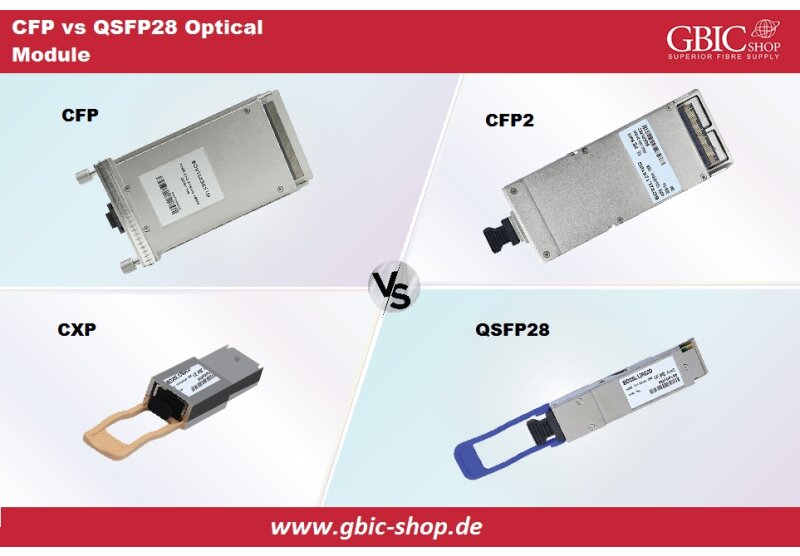Lasers that have the property of tuning the wavelengths according to the values of the on the ITU grid are called tunable lasers and form the agile class of transceiver modules. The working principle and the capability to produce such a card were available as a technology for many years, but their production deployment was making sense after the develop and mass production of tunable pluggable optics.
The tunable transceivers are developed only for DWDM optical transport technology because of the narrow spacing between ITU grids compared with the WDM technology where spacing is larger. Typically, these tunable optics are for the C-Band with 50GHz spacing. Around 88 different channels can be set with intervals of 0.4nm, which is the 50GHz band.
Early DWDM systems used fixed-wavelength lasers as light sources, which meant that many kinds of optical transceivers were needed for the wavelength channels. As channel counts increase, so does the cost for buying, storing, and managing spares for the system, one spare being required per wavelength. A single tunable laser could replace four, eight, or even all the channels in a DWDM system, leading to considerable reductions in both capital and operating expenses.
So, first obvious application for tunable optical transceivers brings the advantage of reducing the spare lots. In such a way, the field engineers with one tunable transceiver card can replace any fixed tuned fault card on the specified C band range. Because the optics of such tunable cards involves tunable lasers, their price is higher than fixed cards due to the technology involved in frequency adjustment. The performance limitations of tunable lasers depend on the technology inside the laser.
Tunable Laser Classification
- Narrowband Tunable Lasers
Distributed Feedback (DFB)
Distributed Bragg reflector (DBR) - Widely-Tunable Lasers
DFB laser arrays
"DBRs on steroids"
External cavity lasers
Vertical-cavity surface-emitting lasers - VCEL
For example, in distributed Bragg reflector (DBR) lasers, there is a compromise between output power and tuning range. VCSEL (vertical-cavity surface-emitting laser ) - based lasers also tend to deliver extremely low powers, although this is independent of tuning range.One way around the problem of low power is to integrate Semiconductor Optical Amplifiers (SOAs) with the lasers, but this too has drawbacks of increased manufacturing complexity, and a higher noise, which ultimately leads to more bit errors on a long-haul link. Different tuning mechanisms have different tuning speeds. Thermal tuning is slowest, taking up to several seconds for the laser wavelength to stabilize. Electronic tuning is the fastest and can be done in milliseconds or less. One of the reasons narrowband tunable lasers reached deployment earlier than their widely-tunable cousins is because they are based on a technology that is very similar to standard DFBs -(distributed feedback lasers). That means the technology is more mature. There is also a higher "comfort factor" with service providers and carriers, which is important. In a nutshell, the tunable laser manufacturer has to meet the key concerns of a systems vendor or carrier: performance, reliability, and expense.
Tunable Laser Application
1.Wavelength routing
In ROADM systems, tunable lasers can add any wavelength to the system, while tunable filters can remove any wavelength from the system. Wavelength routing, as this application is called, is one good advanced technology based on the tunable lasers.
2.Dynamic restoration
When a DWDM channel fails, a tunable laser could automatically restore service. For this to work, the laser must be able to tune and lock onto the failed wavelength in around 10 milliseconds or less – in order to keep the total restoration time under the Sonet requirements of 50 ms.
3.Optical packet switching
True optical packet switching requires signals to be wavelength routed on a packet-by-packet basis. For this to become a reality, it must be possible to switch the laser in a very short time – on the order of nanoseconds – so that the switching does not introduce too much latency into the system.
There is also the additional challenge of manufacturing: It is one thing to make a high-performance, reliable component, and quite another to do so in volume. Manufacturing has a huge influence on both performance and cost.
Once again we see the advantage of buying from real manufacturers with a quality controlled production facility that guarantees the reliability and stability over time of such a complex optical products.
 English
English
 Deutsch
Deutsch
 Espaniol
Espaniol










